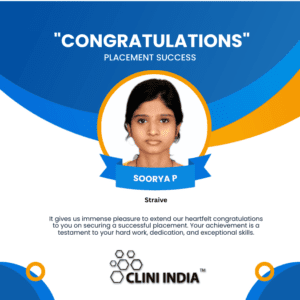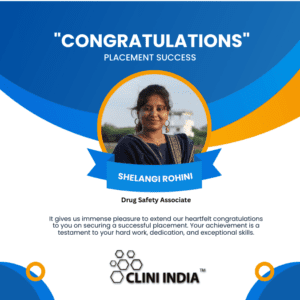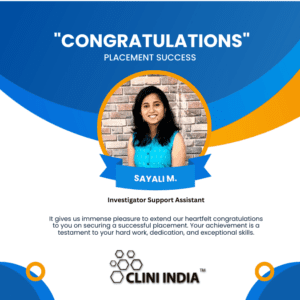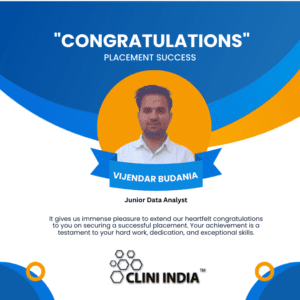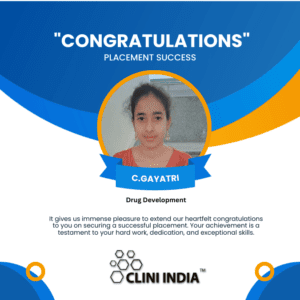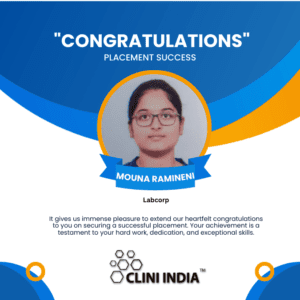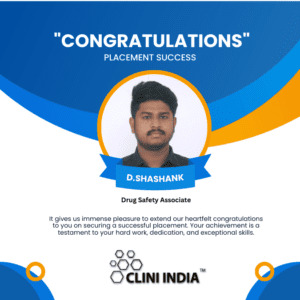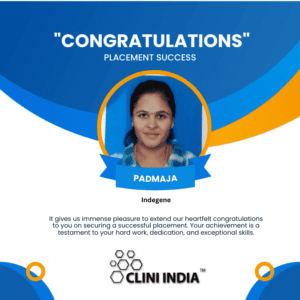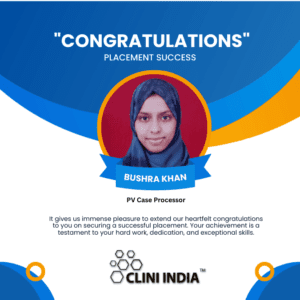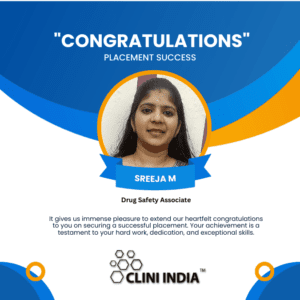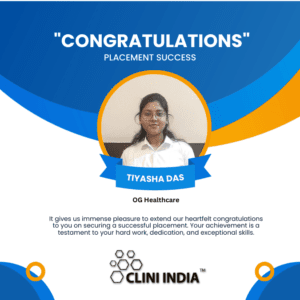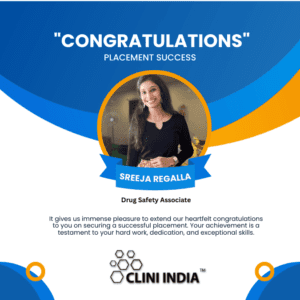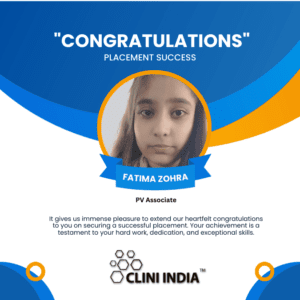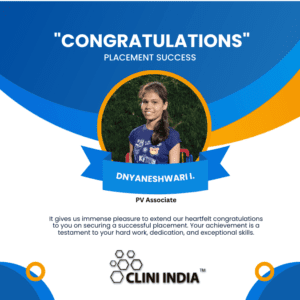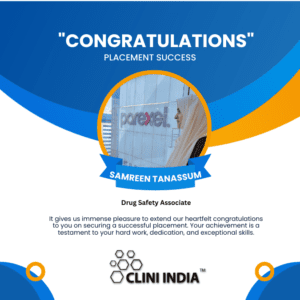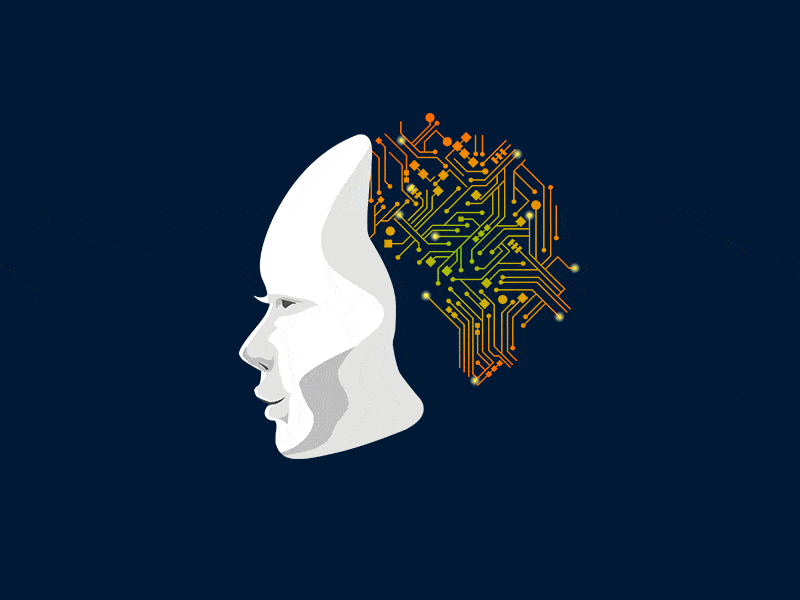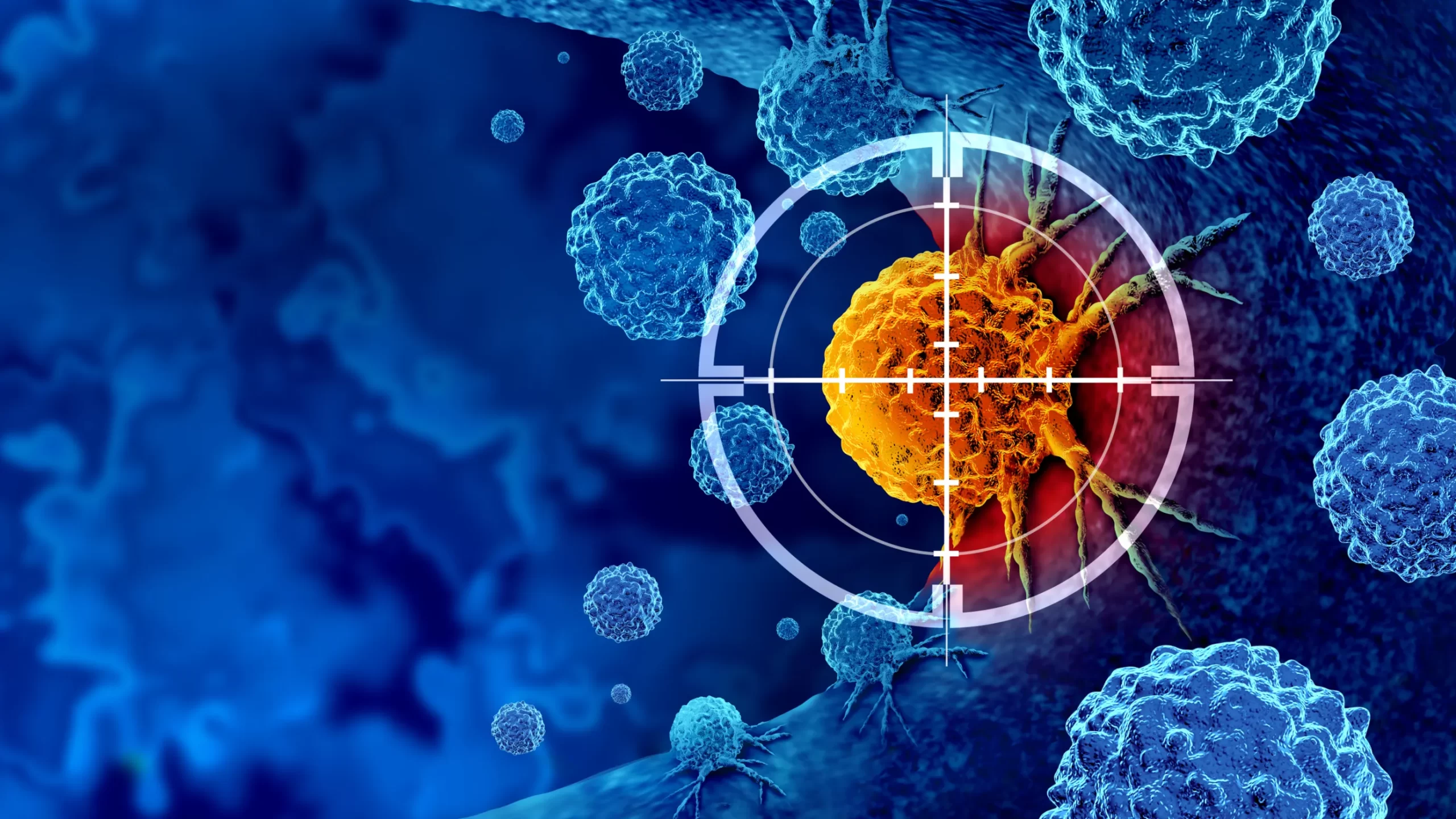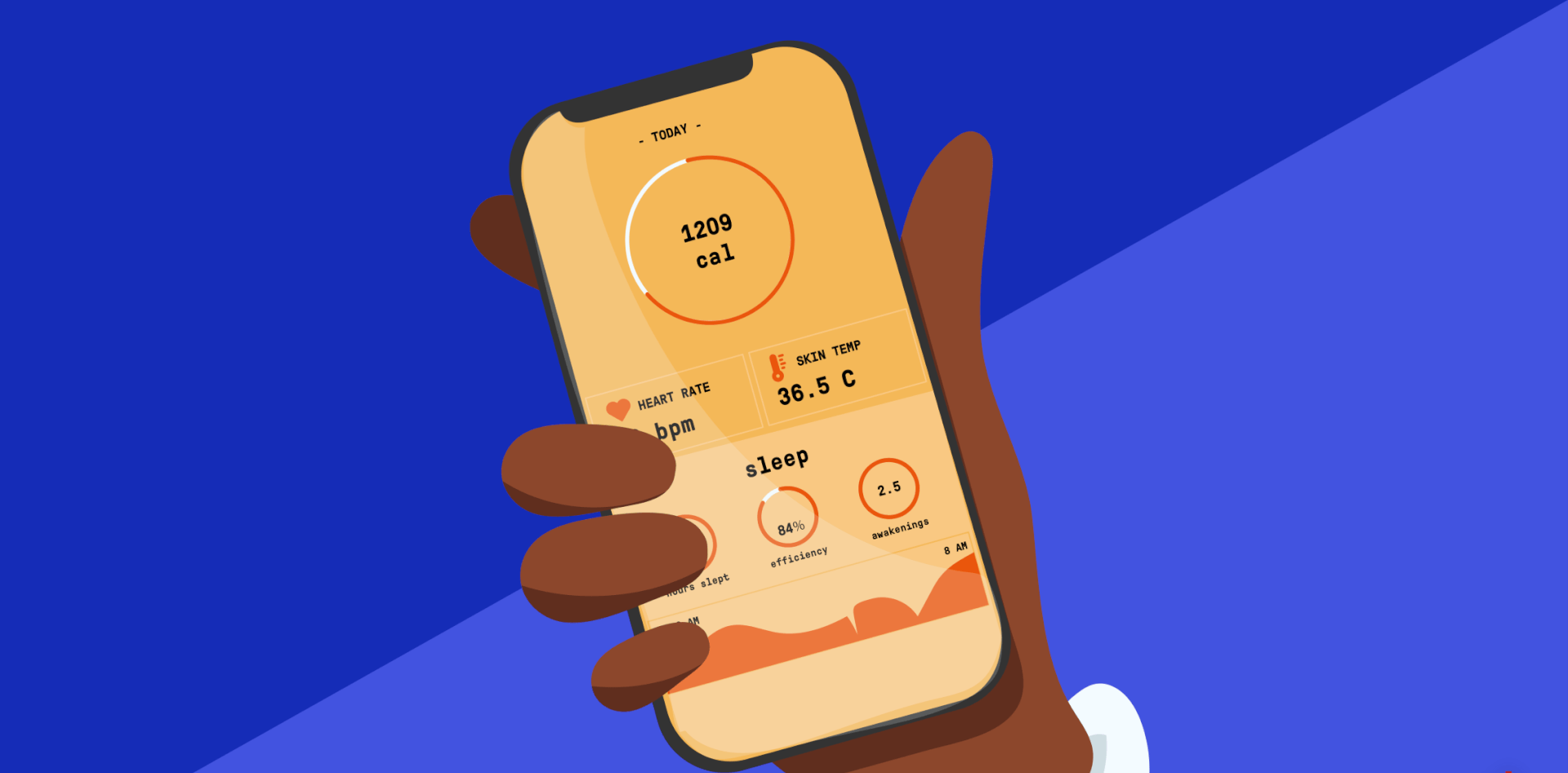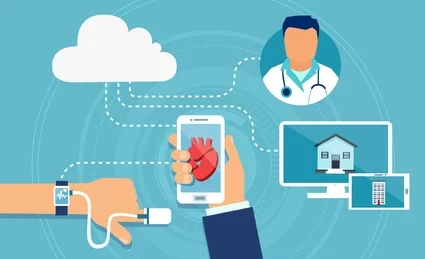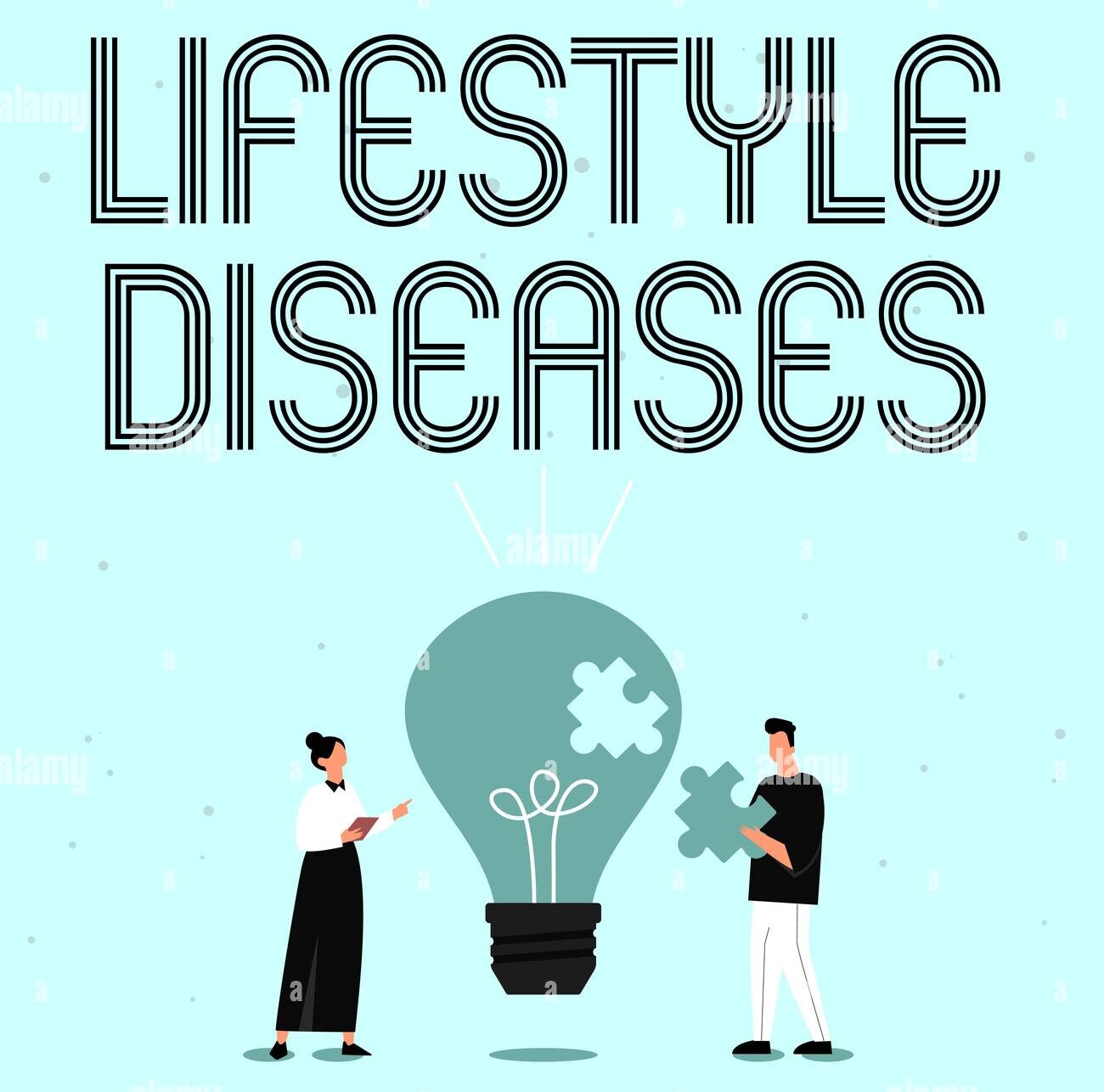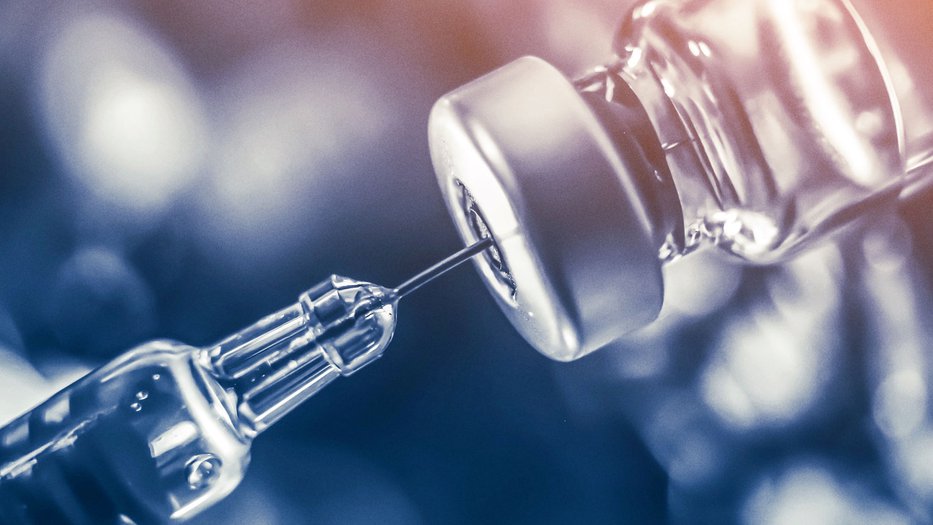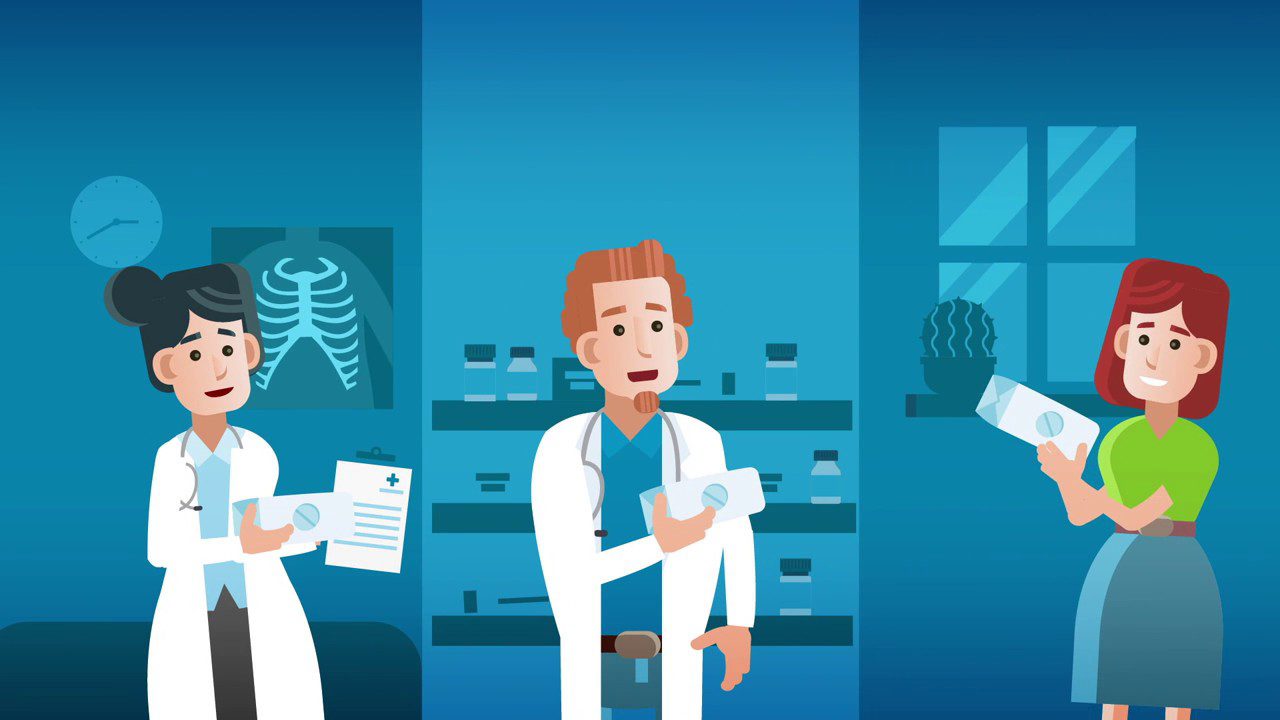
An Overview of Traditional Pharmacovigilance Methods
Pharmacovigilance is a critical discipline in healthcare aimed at ensuring the safety and efficacy of medicines. Traditional pharmacovigilance methods have laid the foundation for identifying, assessing, and preventing adverse drug reactions (ADRs). These approaches continue to play a vital role, despite the emergence of modern technologies like artificial intelligence and big data analytics.
Core Components of Traditional Pharmacovigilance
Traditional pharmacovigilance methods encompass several key activities designed to monitor and safeguard public health. These include:
- Spontaneous Reporting Systems (SRS):
Spontaneous reporting is one of the oldest and most widely used methods in pharmacovigilance. Healthcare professionals and patients voluntarily report suspected ADRs to regulatory authorities or pharmaceutical companies. Examples include systems like the FDA’s MedWatch and WHO’s Vigibase. While effective in detecting rare or severe ADRs, underreporting remains a significant limitation. - Case Series Analysis:
This method involves reviewing multiple cases of suspected ADRs to identify patterns or trends. It is particularly useful for studying specific populations or drugs with unique safety concerns. - Clinical Trials and Post-Marketing Surveillance:
Pre-approval clinical trials assess drug safety and efficacy under controlled conditions. However, these trials often have limited sample sizes and exclude vulnerable populations. Post-marketing surveillance bridges this gap by monitoring drug safety in real-world settings after approval. - Literature Review:
Pharmacovigilance professionals regularly review published scientific literature to identify new safety signals or validate existing concerns. Journals, case studies, and reviews are important sources of information.
Limitations of Traditional Methods
While traditional pharmacovigilance methods are indispensable, they face several challenges:
- Underreporting: A significant percentage of ADRs go unreported due to a lack of awareness or time constraints among healthcare professionals.
- Data Quality: Reports often lack detailed and consistent information, making it difficult to assess causality.
- Delayed Signal Detection: Relying solely on spontaneous reports may delay the identification of safety concerns, especially for rare ADRs.
The Importance of Traditional Methods Today
Despite these limitations, traditional pharmacovigilance methods remain crucial for ensuring patient safety. They provide a foundation for regulatory decision-making and act as a benchmark for evaluating the efficacy of newer approaches. Combining traditional methods with modern technologies can enhance pharmacovigilance systems, allowing for faster and more accurate detection of safety signals.
In conclusion, while the field of pharmacovigilance evolves, traditional methods continue to serve as the backbone of drug safety monitoring. Understanding and addressing their limitations is key to creating more robust systems that protect public health.





